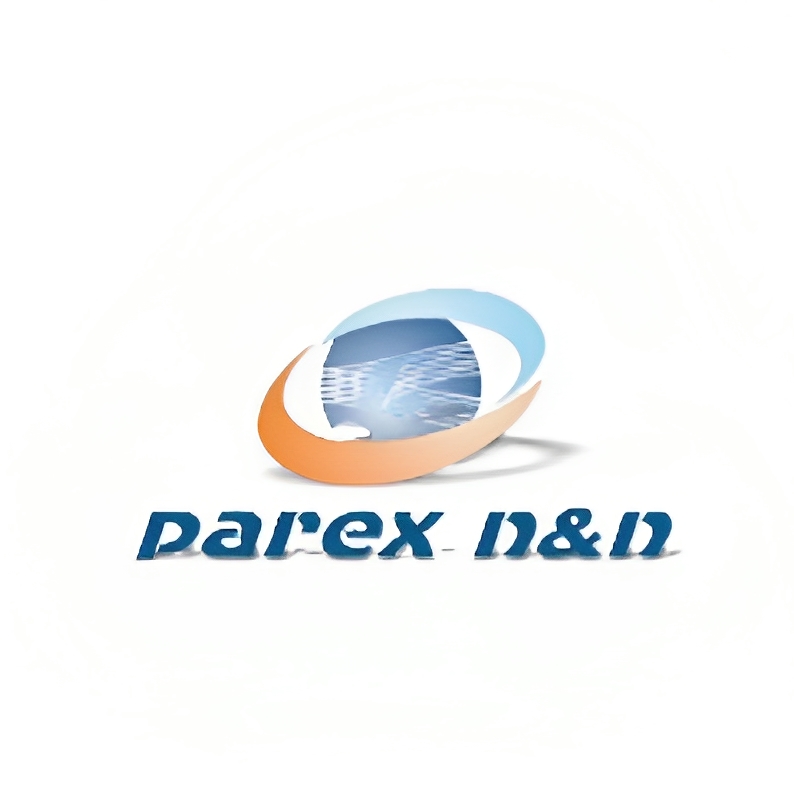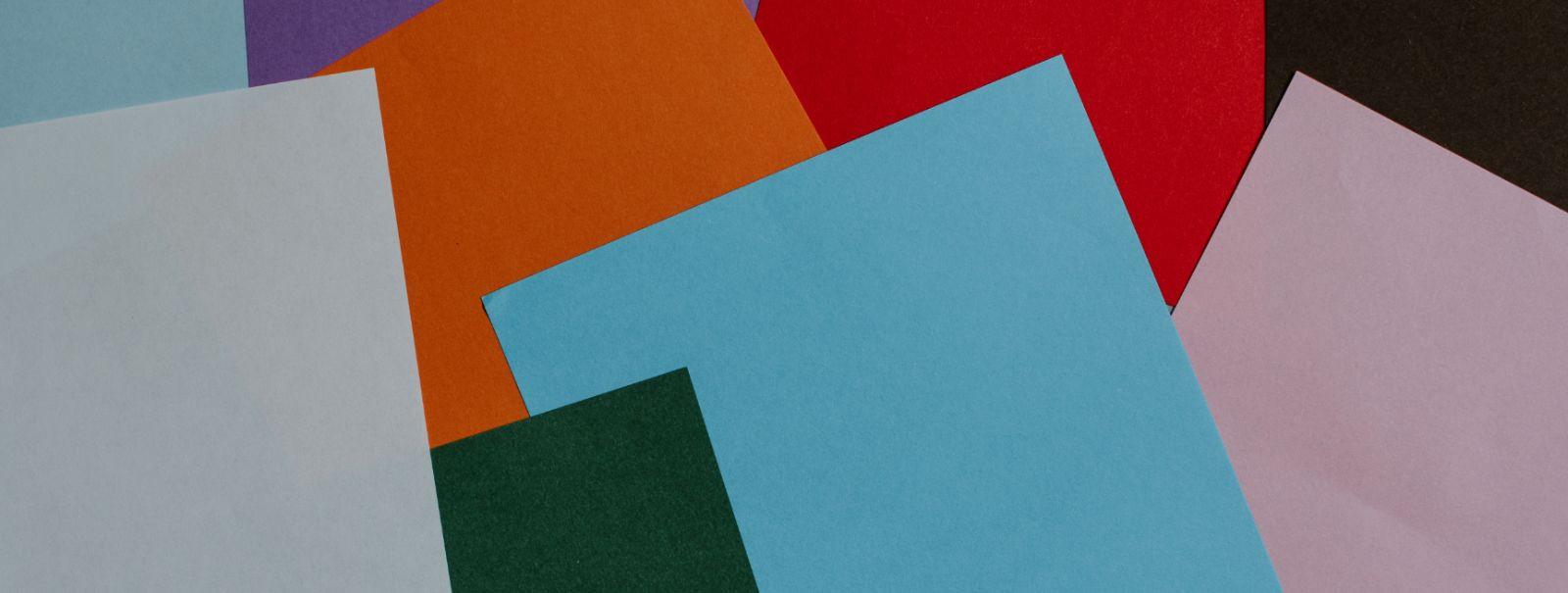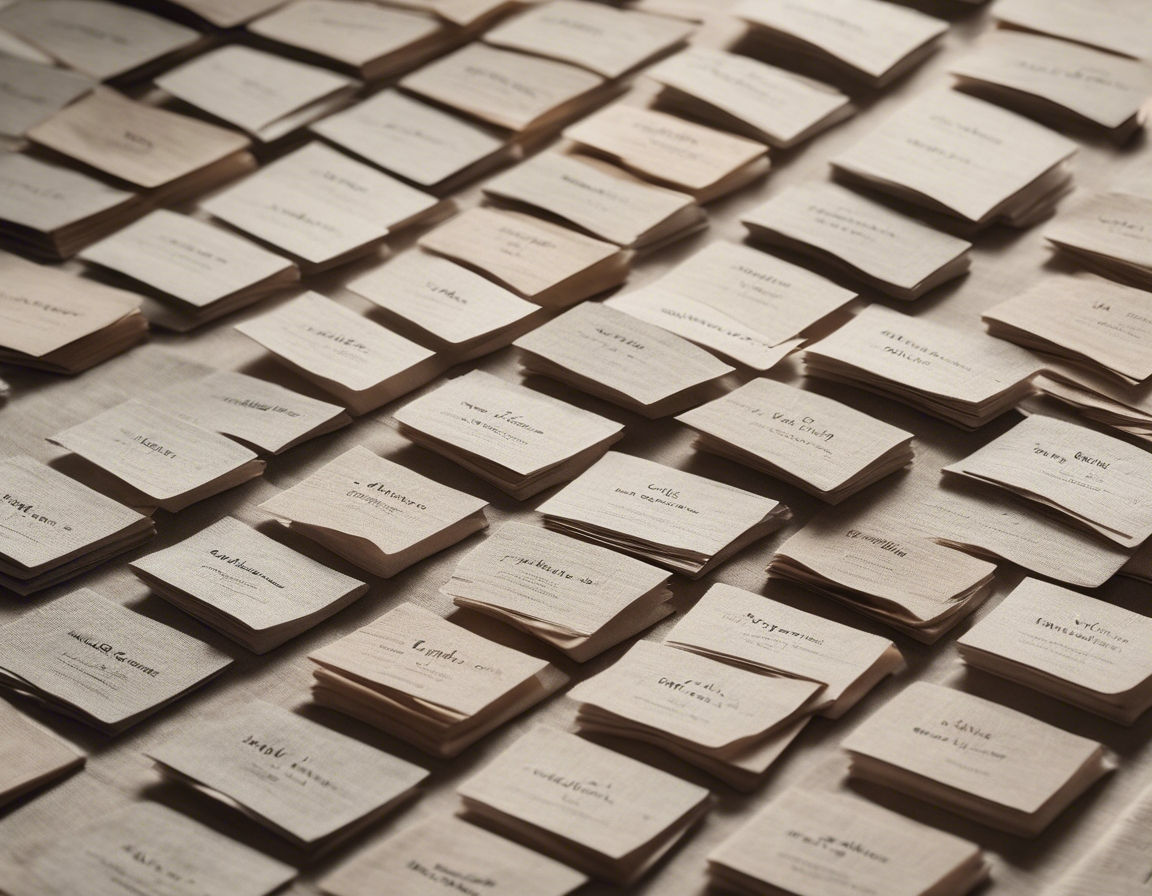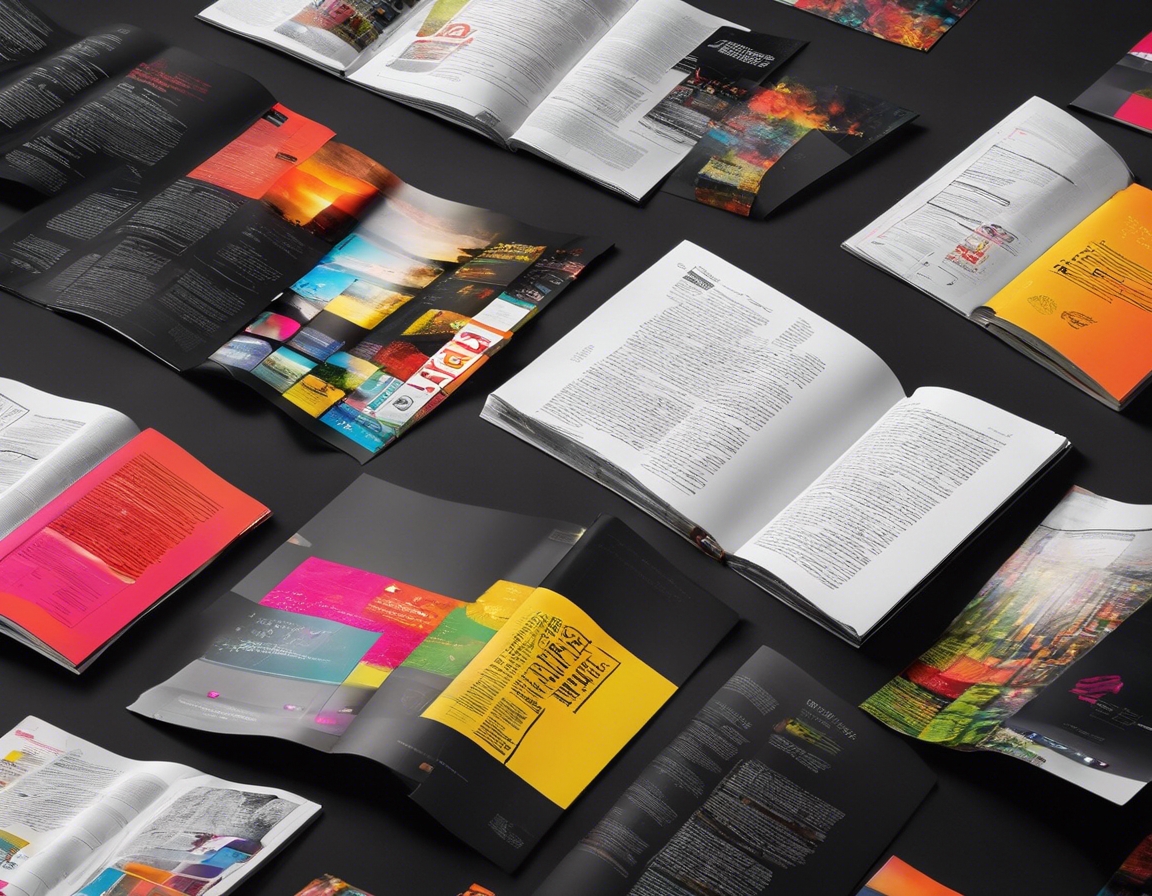The ultimate guide to choosing the right paper for your print
When it comes to printing, the paper you choose is just as critical as the design itself. The right paper can elevate your project, conveying professionalism and attention to detail, while the wrong choice can undermine the effectiveness of your print. In this guide, we'll explore the nuances of paper selection to ensure your print materials reflect the quality your brand stands for.
Several factors come into play when selecting paper for your print project. These include the purpose of the print, the desired impression you wish to make, the printing method, and budget constraints. Understanding these elements will help you make an informed decision that aligns with your business objectives.
Types of Paper and Their Uses
Uncoated paper is perfect for jobs that require a natural and elegant feel, such as stationery or standard business forms. Coated paper, on the other hand, is ideal for projects where vibrant colors and sharp images are essential, like in marketing brochures or photo prints.
Text paper is lighter and suitable for the insides of booklets and catalogs, while cover paper is thicker and more durable, designed for covers and business cards.
For a unique touch, specialty papers such as metallic, linen, or parchment offer distinctive textures and effects that can make your print stand out.
Weight and Thickness
Paper weight, measured in pounds or grams per square meter (gsm), indicates the sturdiness of the paper. Heavier papers lend a more substantial feel to your print, which can be particularly important for business cards and postcards.
The thickness of the paper, often referred to as caliper, is just as important as weight. It affects not only the feel of the print but also how it feeds through printers and copiers.
Finish and Texture
Matte finishes offer a classic, sophisticated look, while glossy finishes are eye-catching and make colors pop. Your choice will depend on the visual effect you're aiming for and the context in which the print material will be used.
Textured papers can add a tactile element to your print, enhancing the sensory experience of your audience. Options like embossed or linen textures can be particularly effective for invitations and business cards.
Color and Brightness
The color of the paper can influence the perception of the ink colors printed on it. Whites can range from warm (yellowish) to cool (bluish), affecting the overall tone of your print.
Brightness is a measure of how much light a paper reflects. Higher brightness levels result in sharper contrast and more vibrant colors, which is crucial for high-quality prints.
Environmental Considerations
Choosing recycled paper is an excellent way to demonstrate your commitment to sustainability. It's suitable for a wide range of prints and comes in various grades and finishes.
Alongside paper choice, consider other sustainable practices such as using vegetable-based inks and optimizing print runs to reduce waste.
Matching Paper to Print Purpose
For business cards and stationery, a heavier, high-quality paper conveys professionalism and leaves a lasting impression.
Brochures and flyers benefit from lighter, glossy papers that make images stand out and are cost-effective for mass distribution.
Posters and banners require large-format, durable papers that can withstand handling and display conditions.






Comments (0)